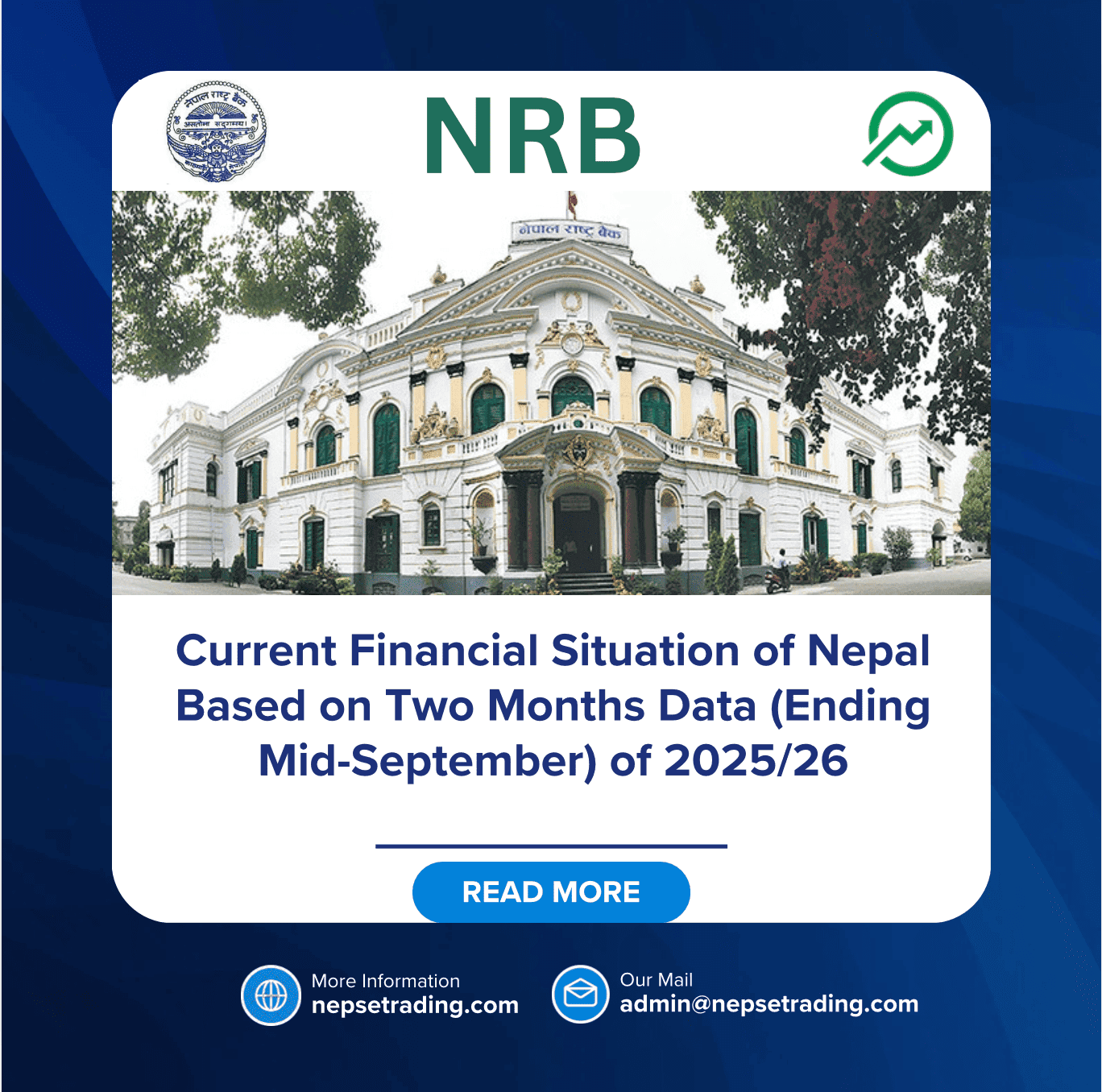By Sandeep Chaudhary
Private Sector Credit Rises 7.3% Year-on-Year, Supporting Economic Liquidity Growth in Nepal

According to the Nepal Rastra Bank (NRB) Monetary Survey for Mid-September 2025, credit to the private sector increased by 7.3% year-on-year, reaching Rs 5.71 trillion. This growth reflects a gradual recovery in Nepal’s productive sectors, supported by improved liquidity conditions, stable interest rates, and cautious expansion in commercial lending. The private sector remains the largest driver of credit growth, accounting for over 80% of total domestic credit, underscoring its central role in sustaining Nepal’s economic momentum.
Credit Growth Amid Liquidity Stability
NRB data show that total domestic credit rose by 5.5%, with private sector lending leading the increase while government borrowing contracted. The rise in private credit indicates that financial institutions are maintaining a steady lending flow despite moderating demand and tighter monetary supervision.
Key sectors such as trade, manufacturing, hydropower, and real estate have shown renewed borrowing activity, signaling cautious optimism among investors. The increase in credit has coincided with a 12.4% expansion in broad money supply (M2) and a rise in saving and call deposits by 36.9%, reflecting strong financial liquidity within the banking system.
Reduced Government Borrowing and Rising Deposits
While private lending expanded, net claims on government dropped by 5.6%, as government deposits surged by nearly 49% during the same period. This shift suggests reduced reliance on central bank financing and improved fiscal balance. The rise in general government deposits also highlights better revenue mobilization and controlled expenditure in the early months of the fiscal year.
NRB’s cautious liquidity management has ensured that banks have adequate funds for private credit growth while keeping inflation under check.
Monetary Indicators Show Balanced Growth
The growth in private credit has been supported by stable foreign exchange reserves, which rose 34.3% to Rs 3.04 trillion, and an increase in net foreign assets (NFA) by 36.8%, boosting overall liquidity. The money multiplier (M2)also rose to 7.16, indicating improved efficiency in converting reserves into broad money.
With steady remittance inflows and controlled imports, Nepal’s financial system continues to maintain liquidity without excessive inflationary pressures, creating a conducive environment for business lending and investment.









